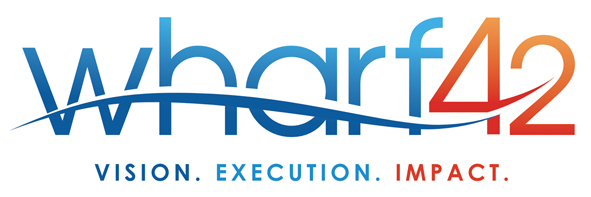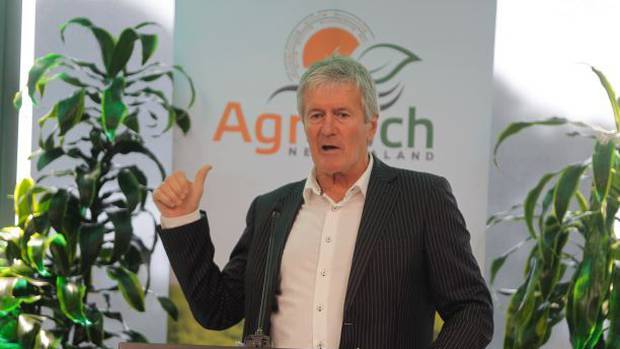Commissioning and editing the research report, Aotearoa Agritech Unleashed, provided me with some great insights into the economic benefits that agritech could bring to New Zealand’s broader primary sector. These insights were quantified by economic consultancy Sapere who we brought in to do some qualitative research. These numbers were one of the highlights of the release of the report by the Hon Damien O’Connor in Tauranga last week.
Productivity on the farm in New Zealand has remained relatively flat over time, however small improvements can generate significant returns. The value of New Zealand’s primary sector output, including agriculture, horticulture, forestry and fishing was almost $46.3 billion in the year to the end of March 2018.
Sapere estimated that if a range of agritech solutions were fully applied in our primary sector, this level of output and our productivity, could be increased significantly. Productivity is a key measure of performance and profitability on farms, forests and in the ocean. Its level reflects the efficiency of primary sector inputs; land, labour and capital to produce outputs. It is challenging to estimate potential output and productivity gains, because in many cases agritech systems and technologies are in experimental stages.
However, Sapere analysed the New Zealand market based on similar international studies, to estimate the potential economic benefits of improved use of agritech on New Zealand farms. Using a range of approximations of the value of agritech, it is possible to estimate that New Zealand’s output could be around 21 percent or $9.8 billion dollars higher.
This analysis is based on the approach of the Australian Farm Institute, which gathered estimates of productivity gains possible from a range of agritech solutions designed to achieve ‘decision agriculture’. The Australian study defines decision agriculture as the analysis of digital farm data, along with other datasets such as soil and environmental data, which leads to improved decision making by farmers and enables the use of data-driven technology. Decision agriculture is enabled by tools and technologies including precision agriculture, IoT, digital monitoring systems, cloud computing and other digital technologies.
Where possible, the estimates were measured against New Zealand studies. For example, studies showing large potential productivity gains in the dairy sector. The estimate of $9.8 billion dollars greater output represents the value that could be achieved in the best case scenario of fully implementing these agritech solutions. While this is not achievable over a short time period, it suggests that even if half these agritech solutions were applied, by half of those in New Zealand’s primary sector, there would be considerable benefit.
Whilst much of my personal focus is on export sales, the domestic impact of agritech on agricultural production is massive. Thanks to Sapere, that value has now been formally quantified.
If you want to learn more about the ongoing development of the Wharf42 Insights Programme and other initiatives currently being kept under wraps, please sign up for our free Monthly Newsletter.

